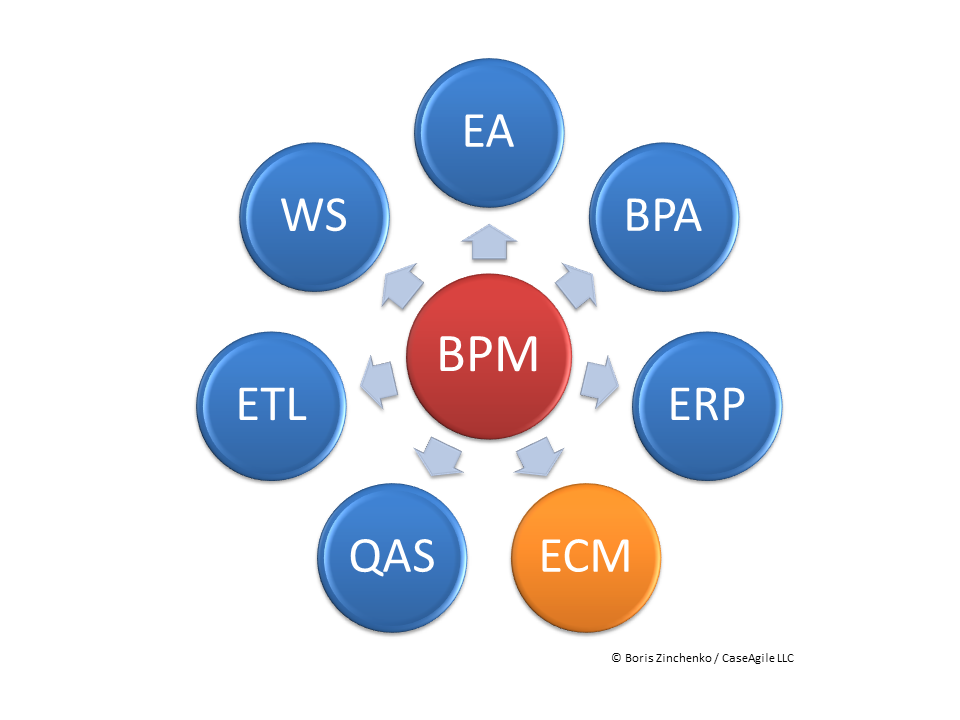We do not consider BPM as one stop GUI for daily user activity. Rather should be is an ultimate visionary platform, which serves to alignment of all real processes and transactions. In this role, BPM more serves for metadata aggregation and a reference guide than for real time control of operations. Users need not to navigate to BPM system in every step of their normal working activity. However, they can resort to BPM help in case of difficult practical situation where they are unsure about proper course of actions.
Another role of BPM, which is closely related to metadata aggregation, is high level view of overall process performance. This gives management good understanding of operational metrics and alerts on immediate involvement in case of unexpected problems. Same information can help workers on workplaces to estimate their personal results against overall company metrics and results of their colleagues. Again, BPM here serves not for command purposes but reference and consulting goals.
It might be wrong to expect from BPM an ability to command and aggregate all low level business transactions. As in any normal business practice, IT systems should have own dedicated levels of aggregation where low level activities remain confined to their dedicated system of execution and only overall performance metrics are translated to next levels. This simple principle allows optimally divide and orchestrate business and IT services on all levels with arbitrary scalability for a company of any size.
This also naturally solves the problem of security. Confidential data remain locked reliably in their systems of origin. Only higher level aggregates are translated outside. But these aggregates already do not contain any confidential personal information, which eliminates ability to compromise precise confidential content.
Related to ECM, individual documents and their routine routing, undoubtedly, should stay on ECM level, while BPM should serve to develop and enforce their processing schemes and optionally report process conformance problems and overall ECM performance metrics.
Enterprise Explorer gives wide opportunities for accumulation of enterprise knowledge in a democratic format of MS Office files and Visio diagrams.


Leave A Comment